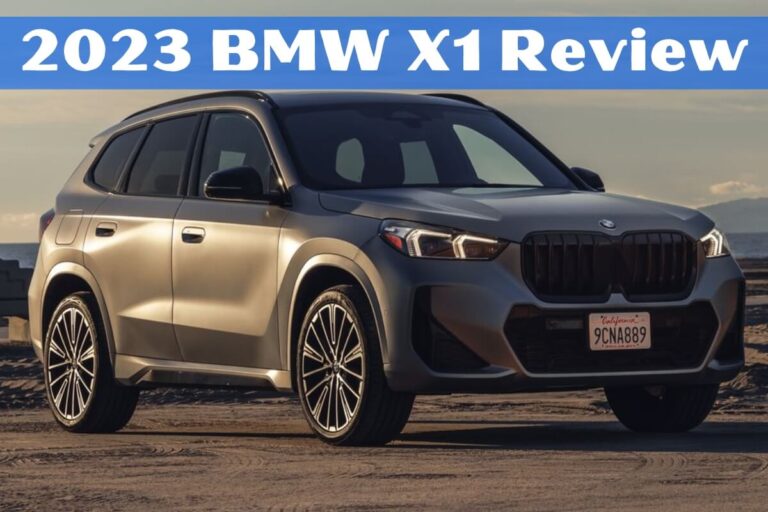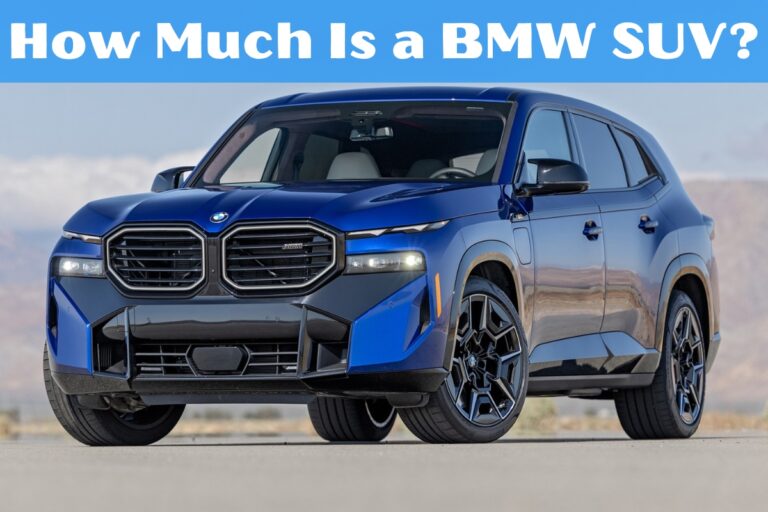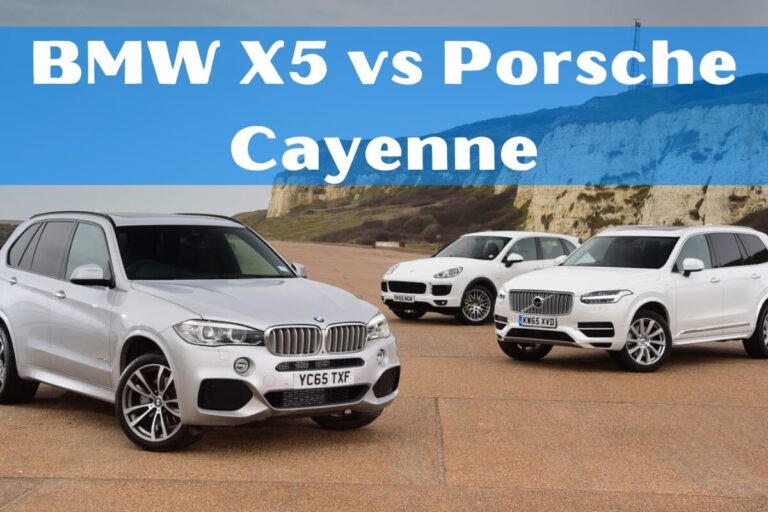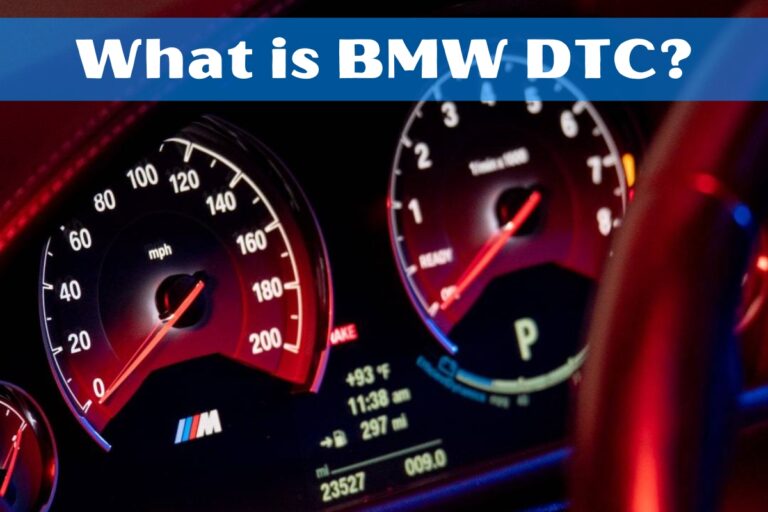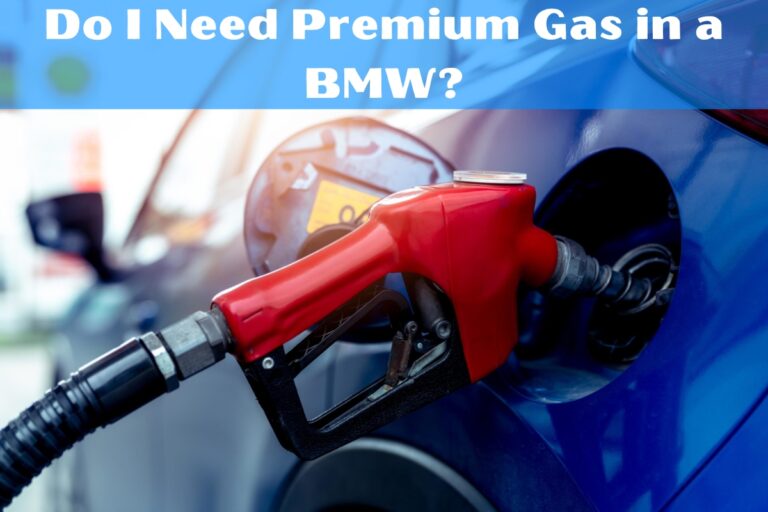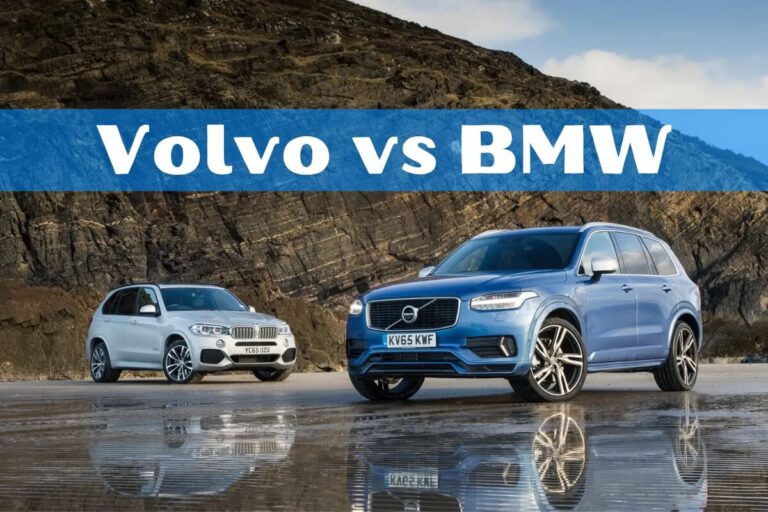Porsche Cayenne S vs BMW X5: Ultimate Luxury SUV Clash
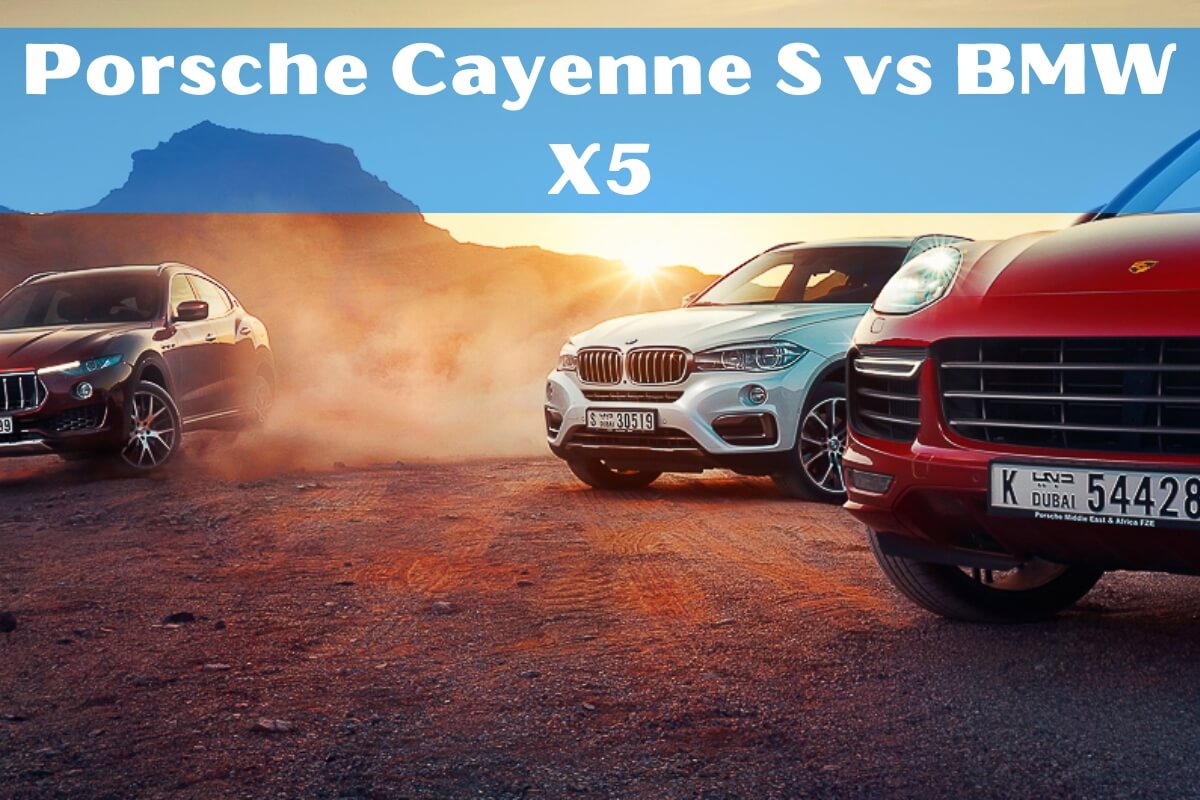
Looking to buy a high-end luxury SUV but torn between the Porsche Cayenne S and BMW X5? This in-depth comparison guide has you covered. We’ll dive into all the key areas like performance, driving dynamics, interior quality, safety ratings and pricing to help you decide which German SUV king is the better choice.
The main question on most buyers’ minds: How do the Cayenne S and X5 stack up when it comes to power, acceleration and overall performance? We’ll reveal the specifics, but in short – the Cayenne S packs a bigger punch. However, the X5 offers a smoother, more refined driving experience in some respects.
Performance Specs: Cayenne S Brings the Thunder
Under the hood, the Porsche Cayenne S houses a burly 4.0-liter twin-turbocharged V8 engine cranking out a rousing 468 horsepower and 442 lb-ft of torque. That’s enough to propel this performance SUV from 0 to 60 mph in just 4.6 seconds when equipped with the optional Sport Chrono package.
The top speed is also stout at 169 mph – though in truth, very few Cayenne owners will ever approach those levels. For perspective, the Cayenne Turbo ups the ante to 541 hp and a 0-60 mph time of 3.5 seconds.
As for the BMW X5, its M50i trim features a stout 4.4-liter twin-turbo V8 making 523 hp and 553 lb-ft of torque. That allows the X5 M50i to hit 60 mph in a neck-snapping 4.1 seconds. Not quite Cayenne S territory, but still thrilling acceleration for a 5,500+ lb luxury SUV.
Lower X5 trims like the xDrive40i use a 3.0-liter turbocharged inline-6 cranking out 335 hp – plenty capable but not a true high performance setup like the Cayenne S or X5 M50i.
For pure, raw power and the bragging rights of staggering acceleration times, the Porsche Cayenne S gets the nod over even the X5 M50i. But the X5 counters with a smoother, more refined power delivery in some cases.
Driving Dynamics: Porsche Tuned for Agility, BMW for Comfort
Of course, performance numbers only tell part of the story. How an SUV puts its power down and overall driving dynamics are just as critical. Here’s how these two luxury SUV titans stack up:
The Porsche Cayenne is lauded by critics for its outstanding steering feel and overall agility. Thanks to its mid-engine layout, the Cayenne handles more like a low-slung sports car than a top-heavy SUV. Its steering is hyper-responsive, body roll is nicely controlled, and it just inspires confidence when driving spiritedly.
The BMW X5, while plenty capable, is more aimed at those who prioritize comfort and refinement over sheer agility. Its steering is precise but a tad overly-light, and body roll is a bit more pronounced than the planted Cayenne S.
However, the X5’s advantage lies in its velvety ride quality and overall suppleness, especially when optioned with air suspension. It soaks up bumps incredibly well and delivers an ultra-refined driving experience suited for daily commutes.
For true off-road prowess, the Cayenne S gets the slight edge with its optional air suspension providing up to 9.8 inches of ground clearance. The X5 can scramble over mild terrain but maxes out with around 8.7 inches of clearance.
Premium Interiors and Cargo Room: Splitting Hairs
Whether you choose the Cayenne S or X5, you’ll be ensconced in an impeccably crafted luxury cabin space. Both SUVs offer premium leather trim, real wood and aluminum accents, and a host of high-end amenities.
The Cayenne’s interior skews a bit more driver-focused and sporty without compromising on overall luxury. High-quality materials abound, and the cabin layout places key controls within easy reach. Porsche’s slick infotainment system also gets high marks.
As for the X5, its interior checks all the boxes you’d expect in a six-figure luxury SUV while adding BMW’s signature understated elegance. The materials and build quality are top-notch, including the iDrive infotainment system anchored by dual digital displays.
Where the X5 pulls ahead is in its spacious, versatile cabin. It offers slightly more passenger room in the second row, and its boxy shape helps maximize cargo capacity to 72.3 cubic feet with the rear seats folded. The Cayenne maxes out at 60.3 cubes.
While the Cayenne S gets the edge for driving enthusiasts, the X5’s usable space, cargo room, and upscale yet understated design could appeal to those more family-minded luxury SUV buyers.
Fuel Efficiency: Neither is a Paragon of Thrift
Let’s be honest – if maximizing fuel efficiency is your top priority, you’ll want to look elsewhere beyond these high-powered V8 luxury SUVs. That said, here’s how the Cayenne S and X5’s MPG ratings stack up:
The Porsche Cayenne S earns an EPA-estimated 16 mpg city and 22 mpg highway. Not terrible for a V8-powered performance SUV, but nothing to write home about either. Its 23.7 gallon fuel tank affords a respectable 520-mile highway range.
As for the BMW X5 M50i, it’s in the same general ballpark at 16 mpg city and 22 mpg highway. Its smaller 21.9 gallon tank limits the highway cruising range a bit to 481 miles. Lower X5 trims like the xDrive40i do bump the mileage up to 21 mpg city and 25 highway.
Both the Cayenne and X5 offer hybrid options for moderately improved efficiency, though the performance trade-off is considerable. The Porsche Cayenne E-Hybrid pairs a V6 with an electric motor for 21 mpg city and 24 highway, while the BMW X5 xDrive45e plug-in hybrid nets up to 31 mpg combined.
For buyers who truly prioritize maximum MPGs, neither of these V8 models are standouts. But they do make respectable showings given their immense power and performance capabilities.
Comparable Safety, Packed with Driver Assists
Fortunately, both the Porsche Cayenne S and BMW X5 earn top safety scores from the authoritative IIHS and NHTSA agencies. Both are considered among the safest SUV picks on the market today.
Beyond the robust structural engineering, each SUV comes loaded with a full arsenal of driver assistance safety technologies. Standard equipment includes:
- Forward collision warning with auto emergency braking
- Lane departure warning with lane-keeping assist
- Blind spot monitoring
- Rear cross-traffic alert
- Front and rear parking sensors
Porsche and BMW also bundle available advanced tech like night vision with pedestrian detection, surround-view cameras, and semi-autonomous traffic assist capabilities.
Ultimately, both the Cayenne S and X5 deliver exceptional occupant protection and go above and beyond with cutting-edge active safety and driver assistance features.
Pricing and Value: Porsche Comes at a Premium
As you’d expect from ultra-premium German luxury brands, neither the Porsche Cayenne S nor BMW X5 could ever be considered affordable vehicles. But there is a notable price gulf between the two that could factor into many buyers’ decisions.
The 2024 Porsche Cayenne S carries a base MSRP of $92,600. However, actually optioning up a Cayenne S with the higher-performance goodies bumps that price up considerably. Most buyers can expect to pay north of $110,000 for a well-equipped Cayenne S.
On the other end, the 2024 BMW X5 M50i has a starting price of around $89,300. So it does undercut the Cayenne S out of the gate. But again, load up an X5 M50i with all your desired options and you’re looking at $105,000+ pricing.
Lower X5 trims like the xDrive40i and xDrive35i make the BMW more accessible with starting prices in the $60,000-$70,000 range. But you are sacrificing quite a bit in performance compared to the high-output M50i or the Cayenne S.
From a pure value perspective, the BMW X5 lineup offers a bit more bang for your buck, especially when you consider the lower trim levels. The Cayenne S is the more expensive proposition but does deliver more performance per dollar.
Lease pricing is fairly comparable between the two, with the X5 carrying slight lower monthly payments given its lower MSRPs. Luxury SUV shoppers may want to pay close attention to lease promotions, cashback incentives and negotiation opportunities to maximize their savings.
The Verdict: Two Appealing Yet Different Luxury SUV Flavors
After dissecting all the key areas, it’s clear that the Porsche Cayenne S and BMW X5 cater to slightly different luxury SUV buyers. Both are exceptional vehicles in their own rights, but with a few distinct differences:
The Porsche Cayenne S is the pure performance pick for enthusiasts who want scintillating straight-line acceleration and sports car-like handling dynamics in an SUV package. It’s the driver’s choice, with incredible steering feel and cornering prowess. You do pay a premium, but the Cayenne S delivers an unmatched thrill behind the wheel.
As for the BMW X5, it splits the difference between spirited performance and luxury comfort. The powerful M50i trim provides eye-opening acceleration to match or even beat the Cayenne S in some situations. And at lower prices, the X5 lineup offers a tremendous value play, especially for families prioritizing interior space and all-around usability.
The X5 is the more livable daily driver of the two, with a plush ride quality and cabin accommodations aimed at delivering maximum comfort. Its smoother power delivery also makes it feel more refined and effortless on the road versus the hard-charging Cayenne.
In summary, if you crave maximum thrills and performance with head-turning style, the Porsche Cayenne S is the SUV you want. But if you need more versatility, interior room and value from your luxury SUV – even if that means slightly dialing back the performance levels – the BMW X5 could be a smarter pick.
Prospective buyers cannot go wrong with either German luxury SUV icon. It simply comes down to prioritizing your specific needs and wants – visceral driving excitement or a blend of performance and practicality. Make your choice wisely!

